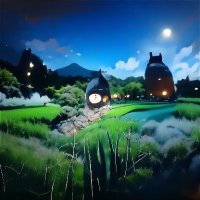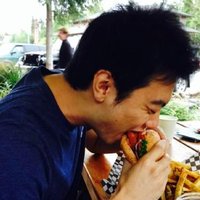
Yuval Kirstain
@ykirstain
Research Scientist @Meta | Building GenAI capabilities
ID: 1205923801709588481
14-12-2019 18:53:43
401 Tweet
618 Followers
633 Following




Our **Flow Matching Tutorial** from #NeurIPS2024 is now publicly available: neurips.cc/virtual/2024/t… Heli Ben-Hamu Ricky T. Q. Chen





Yuval Kirstain Wow what a great idea! Obvious in hindsight, as the best often are.










[1/n] New paper alert! 🚀 Excited to introduce 𝐓𝐫𝐚𝐧𝐬𝐢𝐭𝐢𝐨𝐧 𝐌𝐚𝐭𝐜𝐡𝐢𝐧𝐠 (𝐓𝐌)! We're replacing short-timestep kernels from Flow Matching/Diffusion with... a generative model🤯, achieving SOTA text-2-image generation! Uriel Singer Itai Gat Yaron Lipman





